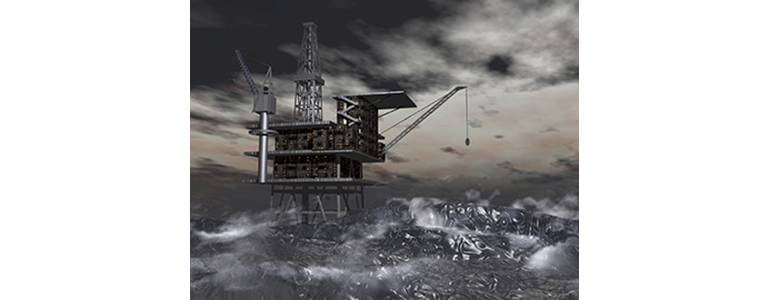In his book, A Technique for Producing Ideas, James Webb Young points out that in addition to understanding the domain in which the problem or challenge lies, the true innovator must have a wide understanding of the world in general. He says, “The more of the elements of that world which are stored away in that pattern-making machine, the mind, the more chances are increased for the production of new and striking combinations, or ideas.” This is important, argues Webb, because ideas or solutions to problems are not so much “new” ideas as they are new combinations of known, existing elements.
As the problems facing the systems engineering world become increasingly complex and challenging, Webb’s advice to innovators becomes more important. More and more there is a need to draw widely from the world around us to see solutions and innovations.
This, of course, has always been the case. Any number of examples can be pointed up illustrating that innovations have arisen from the innovator’s awareness of the world around her. In the early 1950’s a secretary/typist at the Texas Bank and Trust in Dallas faced the difficulty of erasing mistakes made with the then-new electric typewriters. In her spare time she was a painter decorating windows of businesses to make extra cash. She “noticed” that in her painting world mistakes were corrected not by removing them put by painting over them. She wondered if that could work for typing mistakes.
She made a concoction of tempra paint to match the office stationary and began painting over her mistakes with a brush. Over 5 the next years she made improvements to the liquid and began marketing it in 1956 as “Mistake Out.” She formed her own company, changed the name to Liquid Paper and the rest, as they say, “is history.” (Incidentally, the “rest of the story” is interesting. The painter/secretary turned inventor, Bette Nesmith Graham, had a son Michael who would become famous as Mike Nesmith of the Monkees.)
Graham’s success came from her awareness and knowledge of the world around her. This has been true of many innovations. It was Percy Spencer’s awareness of the candy bar melting in his pocket when he worked around aviation radar gear that led to his investigation of the power of the magnetron and eventually to our microwave ovens. It was the whale-oil chemist Robert Cheesbrough’s attention to the reports of oil rig workers that the “rod wax” buildup on their drill bits seemed to have curative powers for small wounds that caused him to distill a purer substance from it that he would call Vaseline. Over and over specific innovations have resulted from the application of attention and curiosity to the world around the innovator.
That is important for the systems engineer facing today’s challenges. Although he is specifically addressing his own field of advertising, Young puts it well, “Every really good creative person in advertising whom I have ever know has always had two noticeable characteristics. First, there was no subject under the sun in which he could not easily get interested— from, say, Egyptian burial customs to modern art. Every facet of life had fascination for him. Second, he was an extensive browser in all sorts of fields of information.” Ibid.
But there is a truth here beyond the specific innovation. The same kind of challenge applies to seeing ways in which the tools and methods of systems engineering might apply in “non-traditional” areas. That takes an understanding of the underlying principles of systems engineering as well as an understanding of the problem sets and environments of the particular area.
The Systems Engineering Vision 2025 published by the International Council on Systems Engineering (INCOSE) recognizes the necessity of spreading systems engineering to other domains and the challenge posed by doing that. This advancement into other domains is necessary both for the economic opportunity presented by the broader market space and the positioning of systems engineering to address the important problems facing the world of today and tomorrow.
The desired future state of the discipline is characterized by INCOSE as, “Systems engineering is broadly recognized global economic and business leaders as a value-added discipline related to a wide variety of commercial products, systems and services, as well as government services and infrastructure. This broad community of practitioners results in the sharing and maturation of more robust systems engineering practices and foundations.” A World in Motion: Systems Engineering Vision 2025 (INCOSE 2014) p. 25.
In order for this to be achieved the same kind of broadly based understanding of the world and its problems is a prerequisite. Chapter 8 of the recently published INCOSE Systems Engineering Handbook is dedicated to tailoring the standard processes and application of systems engineering to organizations and their missions. Several non-traditional areas are discussed: automotive, bio-medical, and infrastructure for example. The chapter is excellent and should be required reading for all serious systems engineers.
A close examination of what it sets out as the principles of the tailoring will reveal that the foundation is an understanding of the environment for which the practices are being tailored and an appreciation of the problems in that space. The requires the same curiosity and attention that allowed a secretary to see that overpainting rather than erasing would be easier for the typist or the chemist to capture the efficacy of the petroleum waste for its application in caring for minor wounds. With this kind of vision we can prime the systems engineering pump and become the innovators and problem solvers that we are called to be.





